Welcome to issue 99 of the Call to Comms!
This week, we take a look at the migration situation in Latin America: how it's evolving, and what we're doing to keep up with changing needs.
Also this week: understand what is the Darién Gap, that thousands of people on the move cross every year during their journey, facing violence and harsh conditions.
What The Migration Situation in Latin America Looks Like So Far in 2025
Shifts in the Latin American Migration Landscape
In recent months, changes in migration policies across the Americas have significantly impacted the migratory situation in Latin America. The period was marked by new restrictions and modifications to asylum procedures, which have added complexity to the journeys of people fleeing crises and violence in their countries of origin. Many now face increased uncertainty and a heightened risk of misinformation, making already dangerous routes even more perilous.
At the same time, reductions in funding of humanitarian programs have forced many NGOs to scale down their presence or cease some activities. This has had visible effects on the ground: while some reception centers that previously hosted large numbers of people now see fewer arrivals, others are under growing pressure as they accommodate both new arrivals and individuals returned from the United States.
Access to relevant information is still crucial
In this shifting landscape, access to accurate and up-to-date information is still crucial. People on the move need to familiarize themselves with new situations and procedures and they risk coming across erroneous or misleading information, which can expose them to further risks.
To address this, Télécoms Sans Frontières continues to coordinate closely with its network of partner organizations and migrant support centers. TSF’s mission is to ensure that those on the move have access to clear, trustworthy, and localized information—so they can make safer, more informed decisions.
Over many years of engagement in the region, TSF has built strong partnerships around the dissemination of humanitarian information. As migration patterns evolve, so does the content we share. In recent months, TSF and its partners have updated most of the digital content available on our information screens, ensuring it reflects current conditions and meets the emerging needs of both newly arrived and deported individuals.

Thanks to our centralized content management solution and the involvement of center managers, updates are ongoing smoothly and collaboratively. This approach enables TSF and its partners to respond swiftly to changing information needs and continue supporting people that were forced to flee their home in the aim of finding living conditions where they do not face daily threats of extortions, kidnapping or death.
"The information had a great impact on me, as there are things I didn't know and it influenced the decisions I made when I arrived at the refuge. It clarified many concerns I had.”
25-year-old Guatemalan woman, 2024.
In case you missed it: The Darién Gap and The Danger of Misinformation
The Darién Gap, a 60-mile stretch between South and Central America, is considered one of the most dangerous migration routes in the world, due to its harsh environment and violence. Misinformation also plays an increasingly important role. Learn more here.
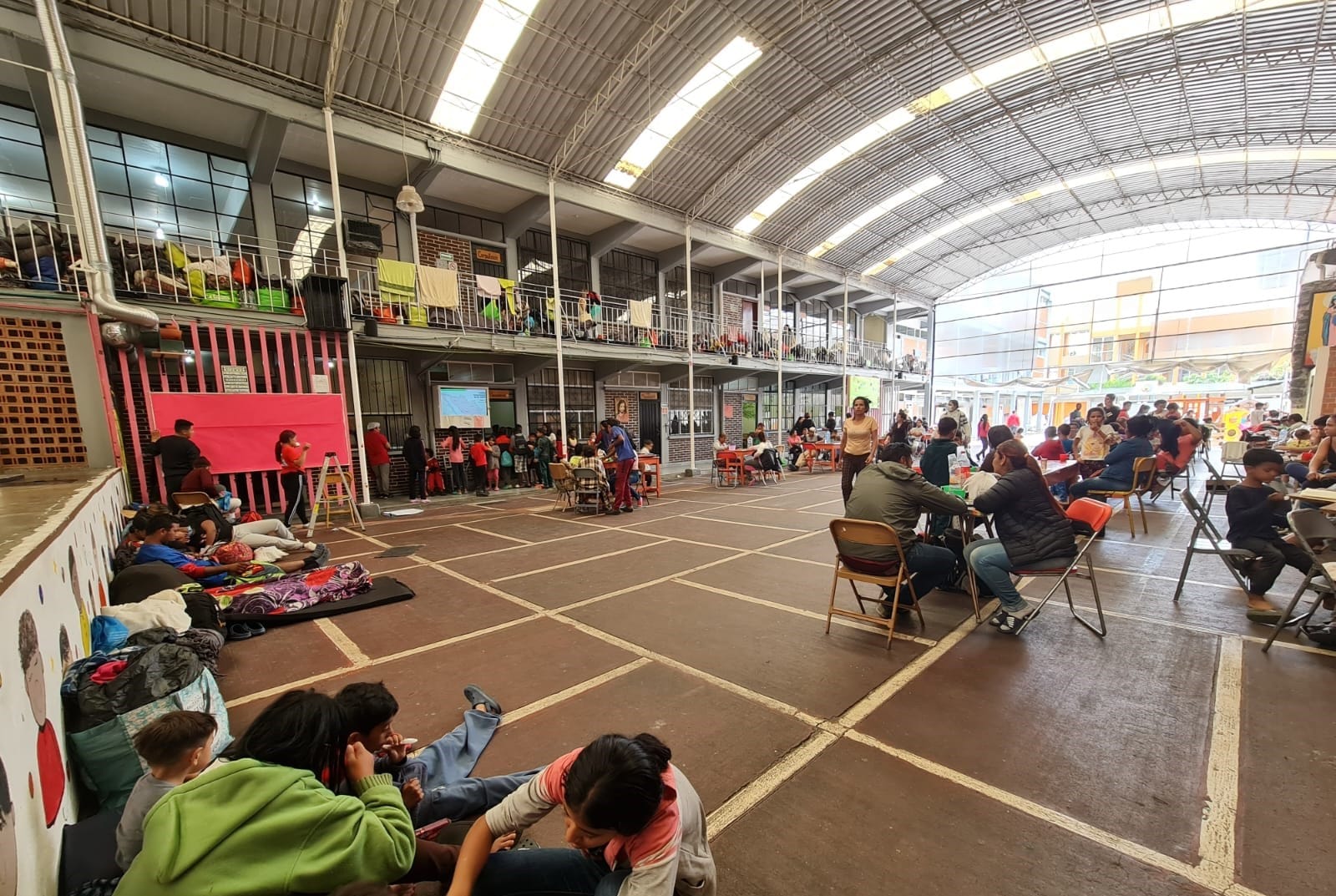
See you in two weeks for the 100th edition of the Call to Comms!



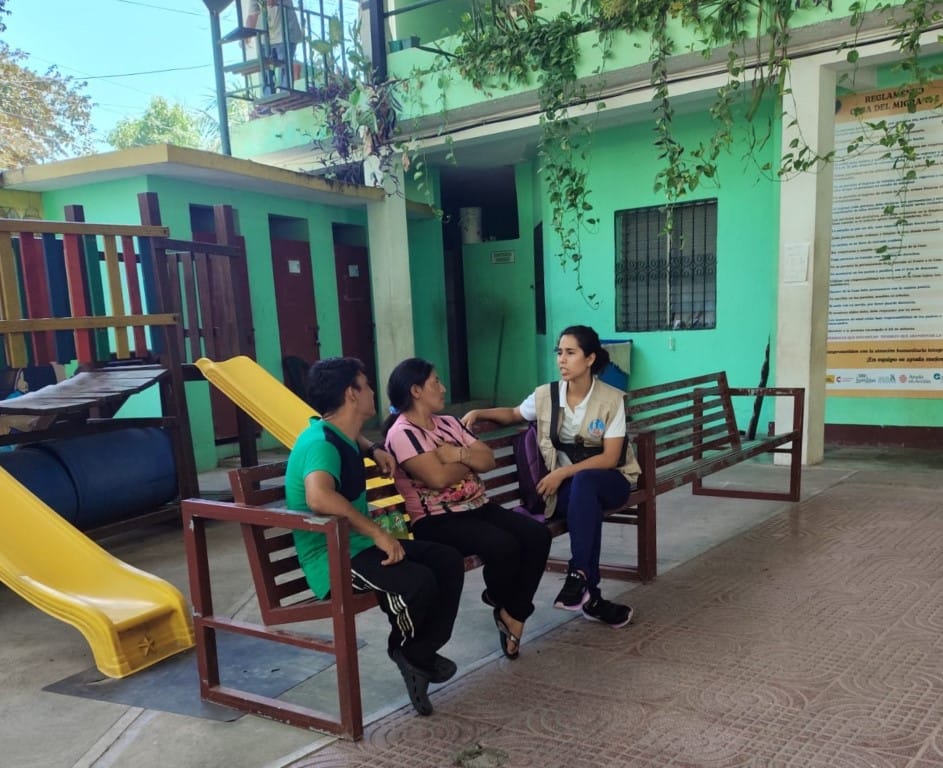
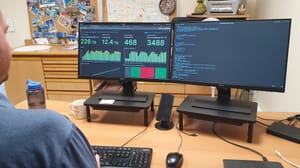
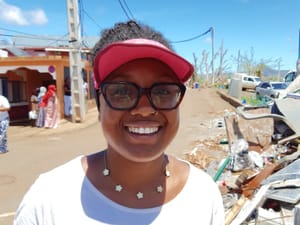

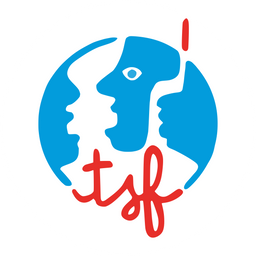
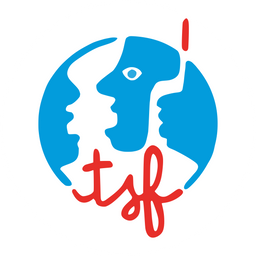
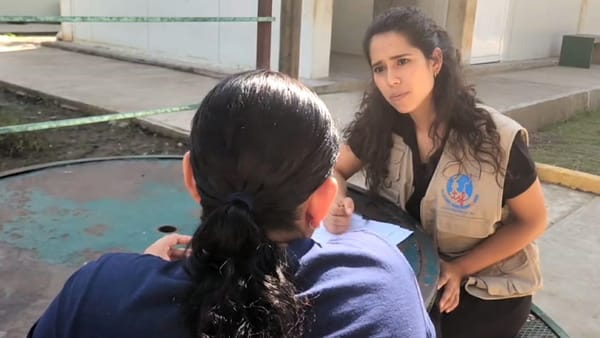
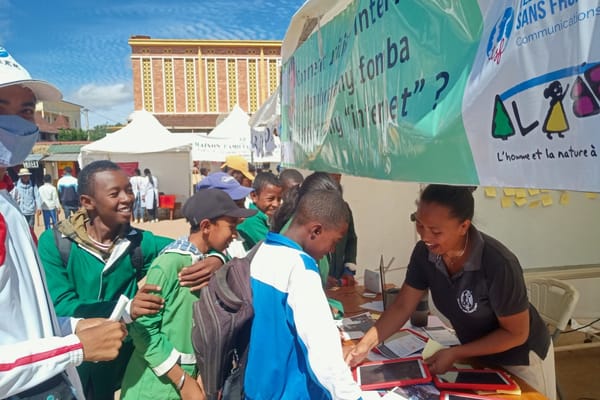
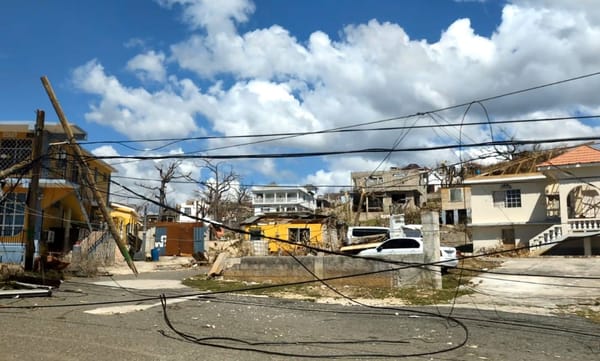

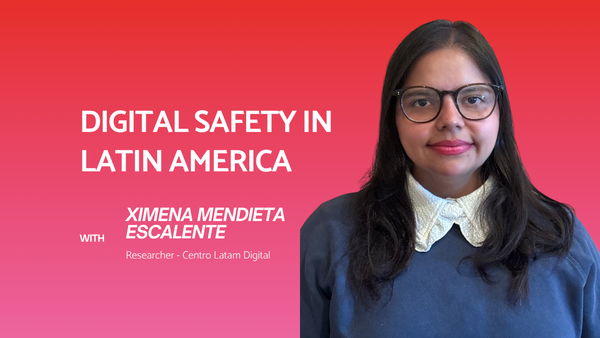
Member discussion